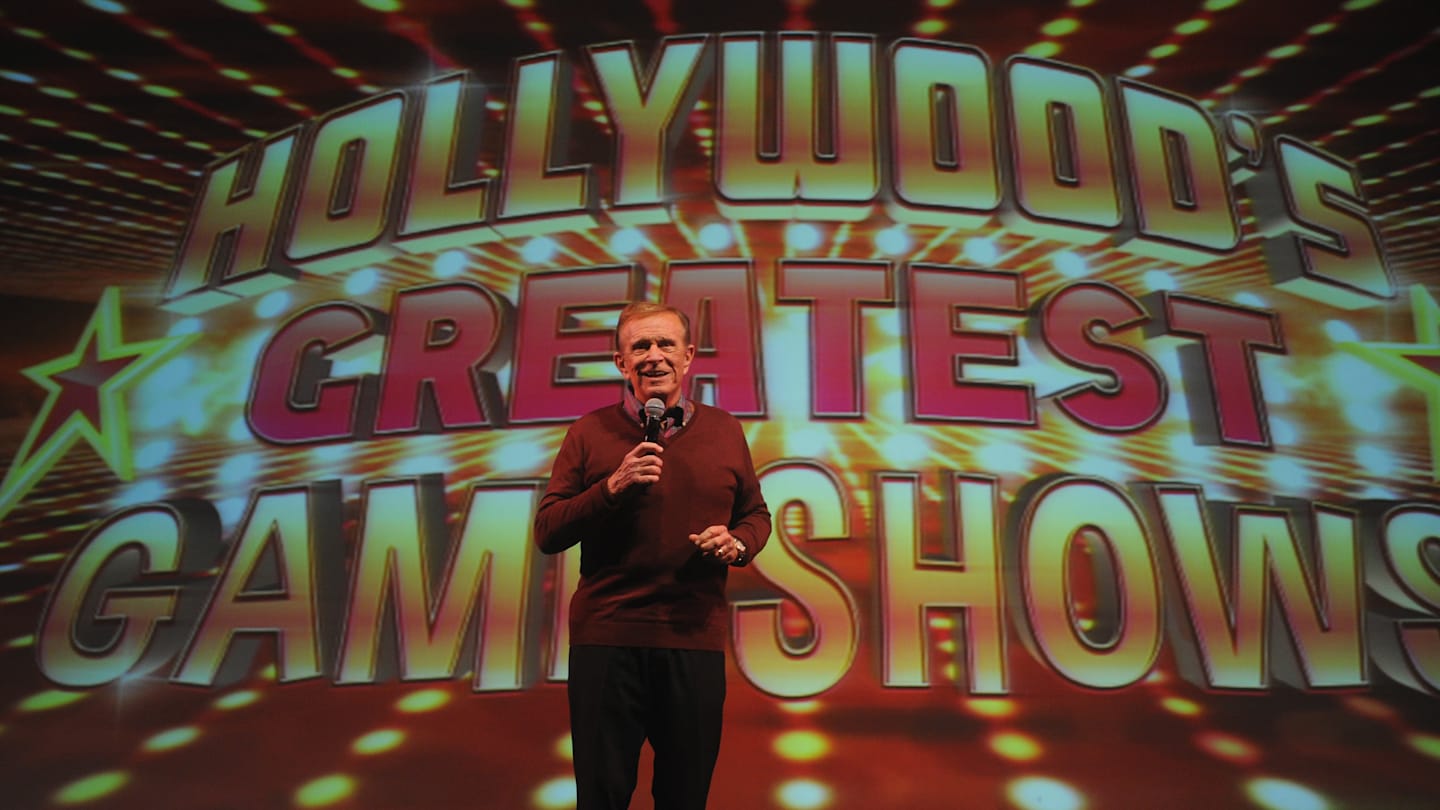
As a child of the swinging sixties, I can vividly remember the infectious energy that pulsated through our generation like never before. The Cinnamon Cinder nightclub was more than just a venue; it was a beacon of rebellion and freedom for countless teenagers yearning to break free from the confines of their suburban lives.
Let’s take a trip down memory lane to the golden age of The Cinnamon Cinder, a series of teen nightclubs that thrived in California during the early 1960s. Before it was even known as The Cinnamon Cinder, it had already established a reputation among rock musicians as a welcoming space. In fact, it was once Larry Potter’s Supper Club, renowned for offering premium food and beverages, along with top-tier jazz, R&B, and early rock ‘n’ roll bands.
During this time period, Cinnamon Cinder significantly influenced the growth of youth culture and specialized live music spots for adolescents. Established in 1962 by radio DJ Bob Eubanks, who later gained fame as the host of The Newlywed Game, along with some business associates, it was designed primarily as a nightclub for teenagers. This venue provided a secure, alcohol-free space where they could listen to live music and dance.
The catchy motto of the club, fitting for the era, was “It’s Boss!”, reflecting the slang and culture of that time. The first Cinnamon Cinder club was established in North Hollywood, with the chain later expanding to other California locations such as Long Beach, Studio City, and San Bernardino. The clubs were shrewdly located in suburban areas, catering to a growing demographic of teenagers yearning for their own social hangouts.
In the right manner, they managed their establishments, as the Cinnamon Cinder clubs gained recognition for hosting live shows by well-known artists and music groups of that era, setting a precedent for future music venues. Bands such as The Coasters, The Drifters, The Beach Boys, The Righteous Brothers, and Ike and Tina Turner graced different Cinnamon Cinder locations. Moreover, it boasted house bands and frequent dance events that attracted young audiences. It’s also worth mentioning that Eubanks aided The Beatles in America, putting his home up as collateral to cover the costs for their first concert at the Hollywood Bowl.
Cinnamon Cinder caught on, for a little while
One appealing feature of Cinnamon Cinder, which some might find attractive, is its intention to remain drug and alcohol-free. Unlike contemporary clubs, this establishment doesn’t cater to the use of alcohol or “club drugs.” Instead, it appears to have been acceptable for parents who were somewhat lenient but still mindful of their teenagers’ activities. The idea behind Cinnamon Cinder seemed to be offering a relatively harmless fun experience for teens, with an emphasis on enjoying exciting music.
1963 saw Bob Eubanks and his group unveil a theme tune for the club, titled “Cinnamon Cinder (It’s a Very Nice Dance)” by The Pastel Six. This catchy song managed to secure a spot on Billboard’s charts as a one-time success, making it a “one-hit wonder” or an act that achieved national pop Top 40 recognition only once, as detailed in Wayne Jancik’s book “One-Hit Wonders.” [Jancik, Wayne (2008). One-Hit Wonders. Orlando, Florida: Booksurge Publishing.]
Cultural impact, decline, and legacy
The Cinnamon Cinder paved the way for teen clubs, serving as an example for venues to come. It significantly contributed to the growth of California’s surf and rock-and-roll music culture. This club was renowned for nurturing a strong sense of camaraderie among young people while also serving as a launching pad for artists on their way up.
As the 1960s moved forward, bigger concert venues emerged and youth culture evolved, which resulted in a decrease in the appeal of teen nightclubs such as Cinnamon Cinder. By the late 1960s, these clubs had ceased operation. Nowadays, the Cinnamon Cinder is often recalled (with nostalgia being common) as an emblem of the 1960s teen culture and music era.
Moreover, Bob Eubanks’ involvement in establishing the club not only adds another chapter to pop culture lore but also underscores his link to the emerging California rock music scene. While he is generally recognized as a lively game show host who coined the phrase “makin’ whoopee,” these clubs were actually an enterprise that he and his associates (Mickey Brown, Stan Bannister, and Roy Bannister) initiated to foster the growth of rock and roll music.
As a fun parting bit of trivia, Bob Eubanks appears (as Himself) in The Offspring video “Why Don’t You Get A Job?,” which is definitely also a musical nod (albeit sort of an annoying one) to a fampus Beatles song. Though The Kinks sort of launched hard rock by popularizing distortion, Bob Eubanks saw the lightning energy in Beatlemania, and obviously kept the rock and roll ball rolling along with The Offspring appearance. So, next time you see re-runs of The Dating Game, or any other show with Bob Eubanks, keep in mind that rockers everywhere (perhaps especially Beatles fans) sort of owe him recognition.
Read More
- DC: Dark Legion The Bleed & Hypertime Tracker Schedule
- Netflix’s ‘You’ Season 5 Release Update Has Fans Worried
- Clair Obscur: Expedition 33 ending explained – Who should you side with?
- PENGU PREDICTION. PENGU cryptocurrency
- ANDOR Recasts a Major STAR WARS Character for Season 2
- 30 Best Couple/Wife Swap Movies You Need to See
- Clair Obscur: Expedition 33 – All Act 3 optional bosses and where to find them
- All 6 ‘Final Destination’ Movies in Order
- Clair Obscur: Expedition 33 – Every new area to explore in Act 3
- The Last Of Us Season 2 Drops New Trailer: Premiers April On Max
2024-12-16 16:01